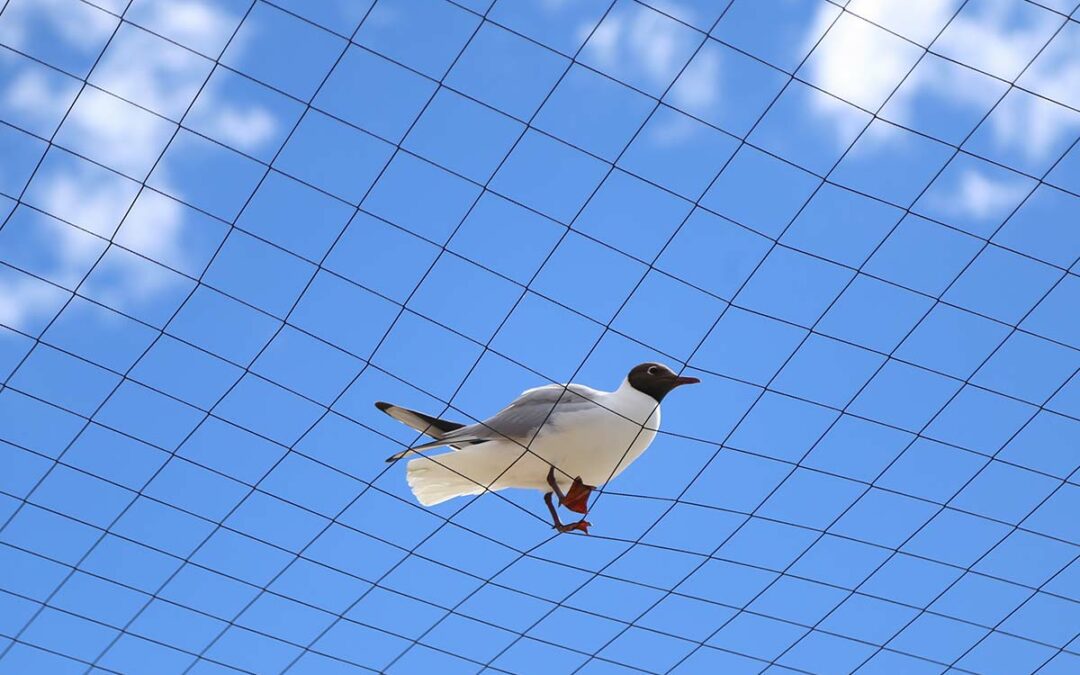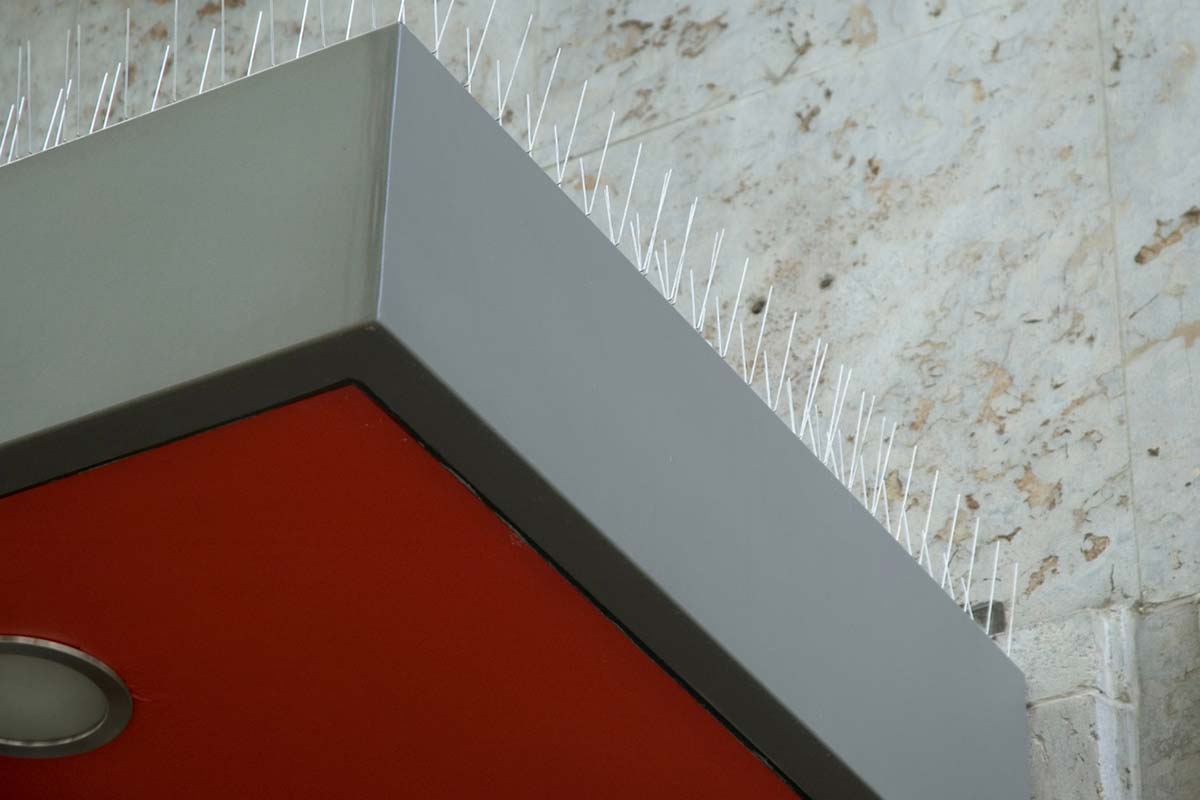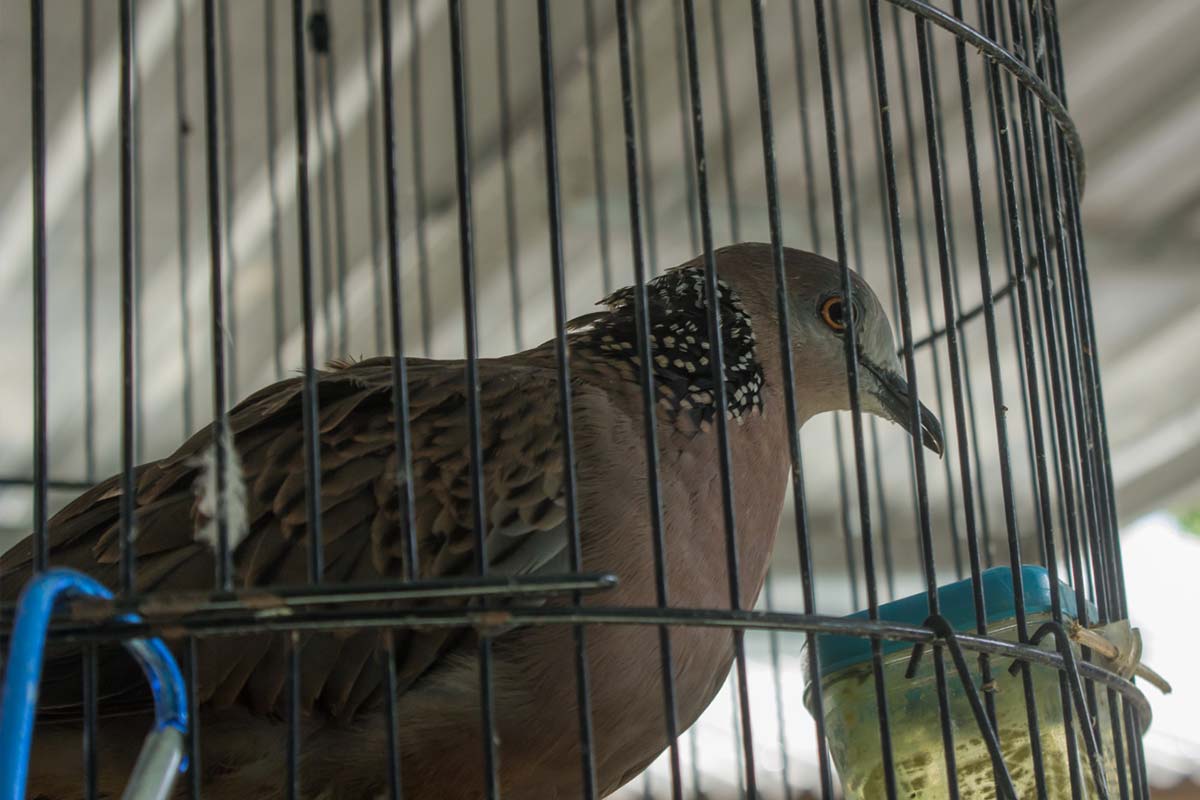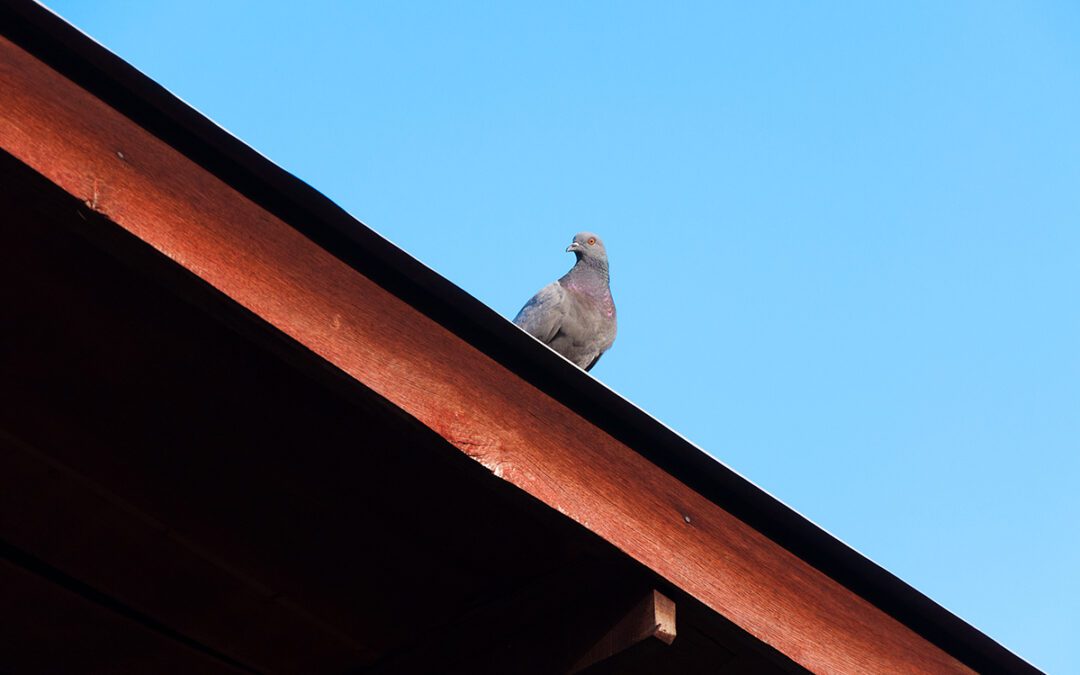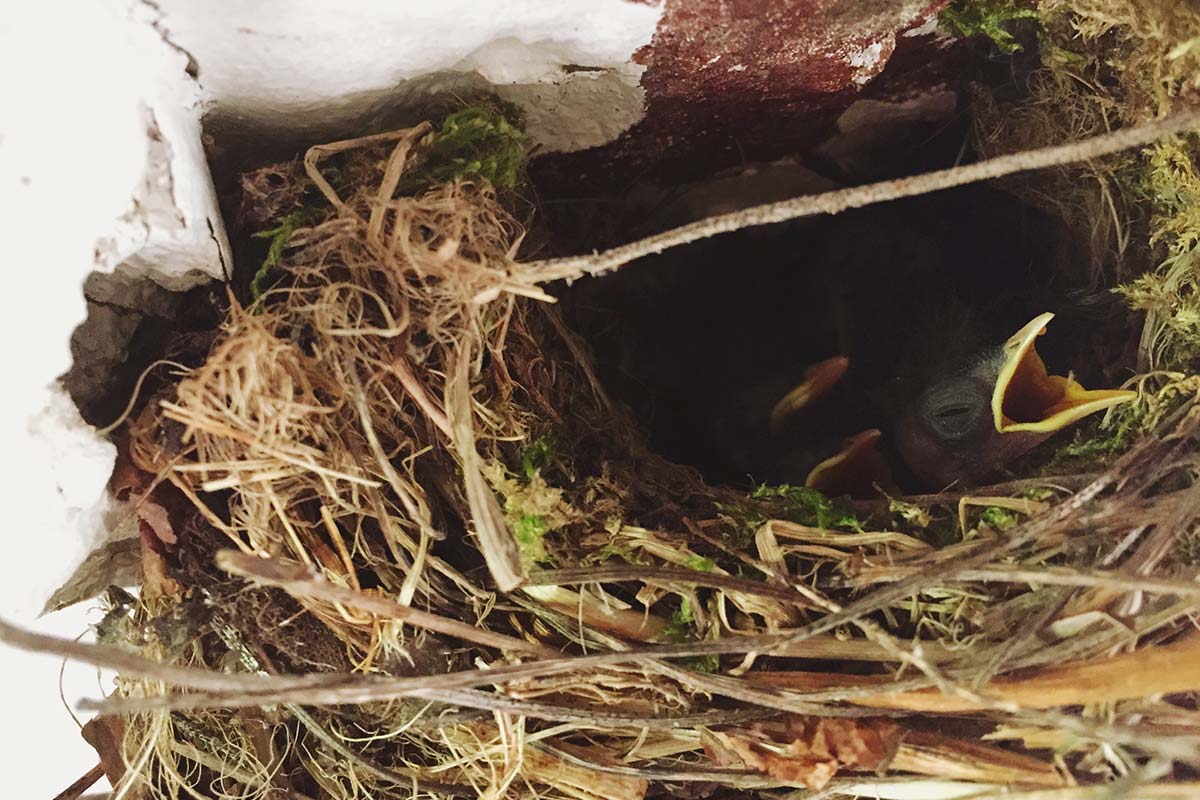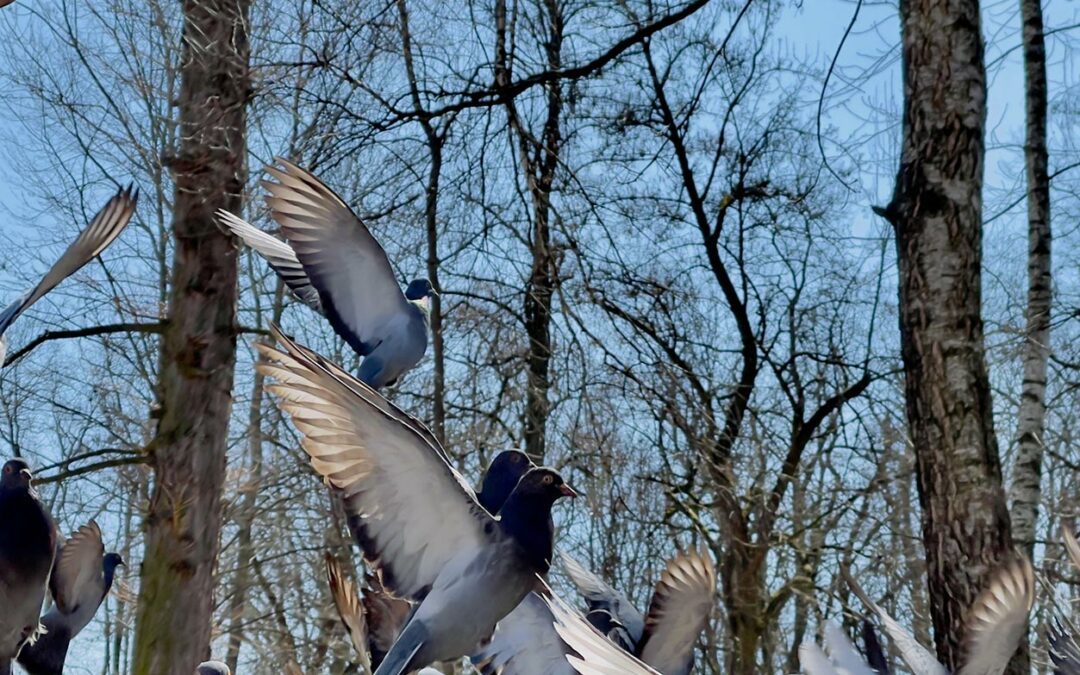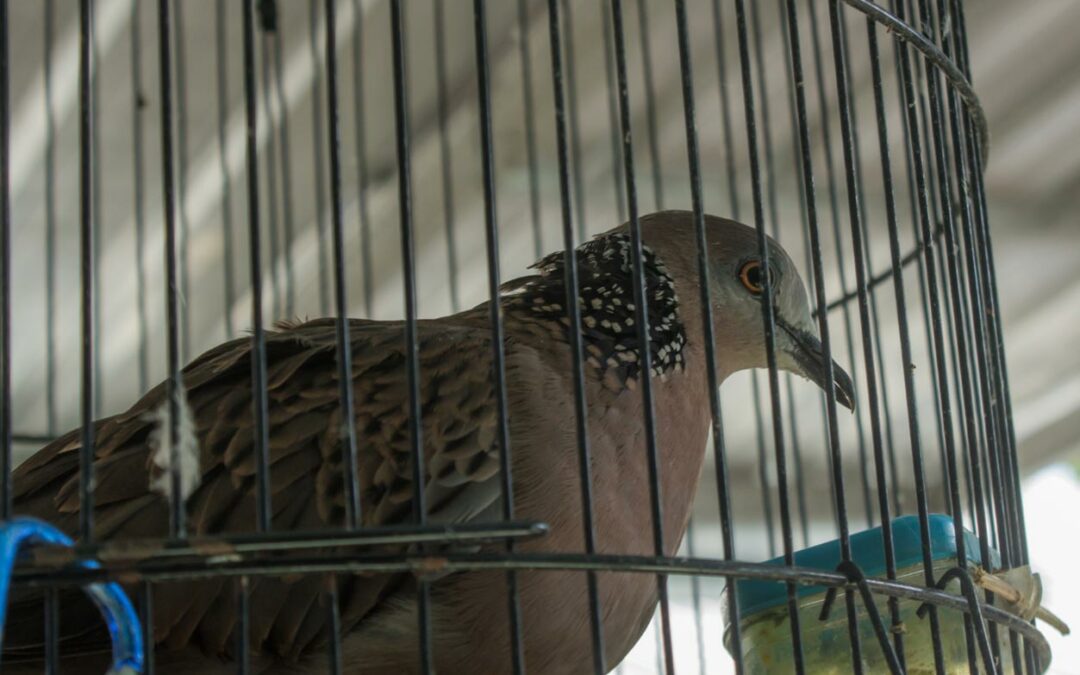
Bird Sound Deterrent – The Smart Way to Keep Birds Away
Want to repel birds without using physical barriers? A bird sound deterrent may be your best option. These devices work by emitting sounds that birds hate—from ultrasonic frequencies to predator calls—pushing them to leave and find a quieter place to roost.
In this guide, you’ll learn how sound-based bird control works, which types of devices are most effective, and how to combine sound deterrents with other solutions for long-term success.
How Do Bird Sound Deterrents Work?
There are two main types of bird sound deterrents:
- Ultrasonic Bird Deterrents – Emit high-frequency sound waves above human hearing (typically 20 kHz+) that irritate birds and disrupt communication.
Shop Ultrasonic Bird Repellers: https://www.pigeonpatrol.ca/bird-repeller/ - Acoustic Bird Deterrents – Play recordings of predator calls (hawks, falcons) or distress calls of birds, triggering a fear response.
Benefits of Bird Sound Deterrents
- Non-invasive & invisible
- 100% humane
- Safe for people and pets
- Covers wide areas (good for rooftops, balconies, gardens)
- Works on multiple bird species (pigeons, sparrows, seagulls, crows)
Where to Use Bird Sound Deterrents
- Balconies & Rooftops
- Storefronts
- Outdoor patios
- Airports & hangars
- Factories & warehouses
- Agricultural fields
Tips for Maximum Effectiveness
- Use sound deterrents with physical barriers like bird spikes or bird netting
- Change sound patterns regularly to prevent birds from getting used to the noise
- Move devices occasionally for dynamic coverage
FAQs
Are sound bird deterrents safe for pets?
Yes—ultrasonic models are generally safe for dogs and cats.
Do sound deterrents work for pigeons?
Yes—pigeons hate ultrasonic frequencies and predator calls.
Bird sound deterrents are a smart, humane way to discourage pest birds. For best results, pair sound deterrents with physical products like spikes and netting from Pigeon Patrol.

